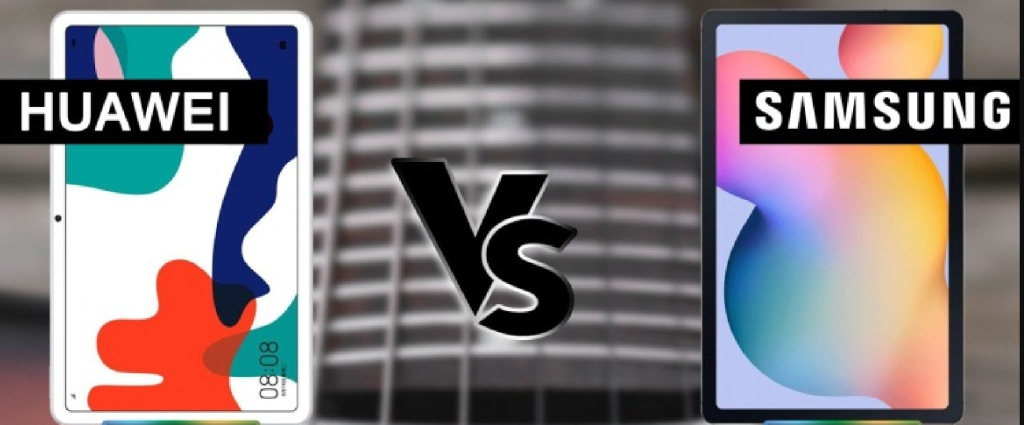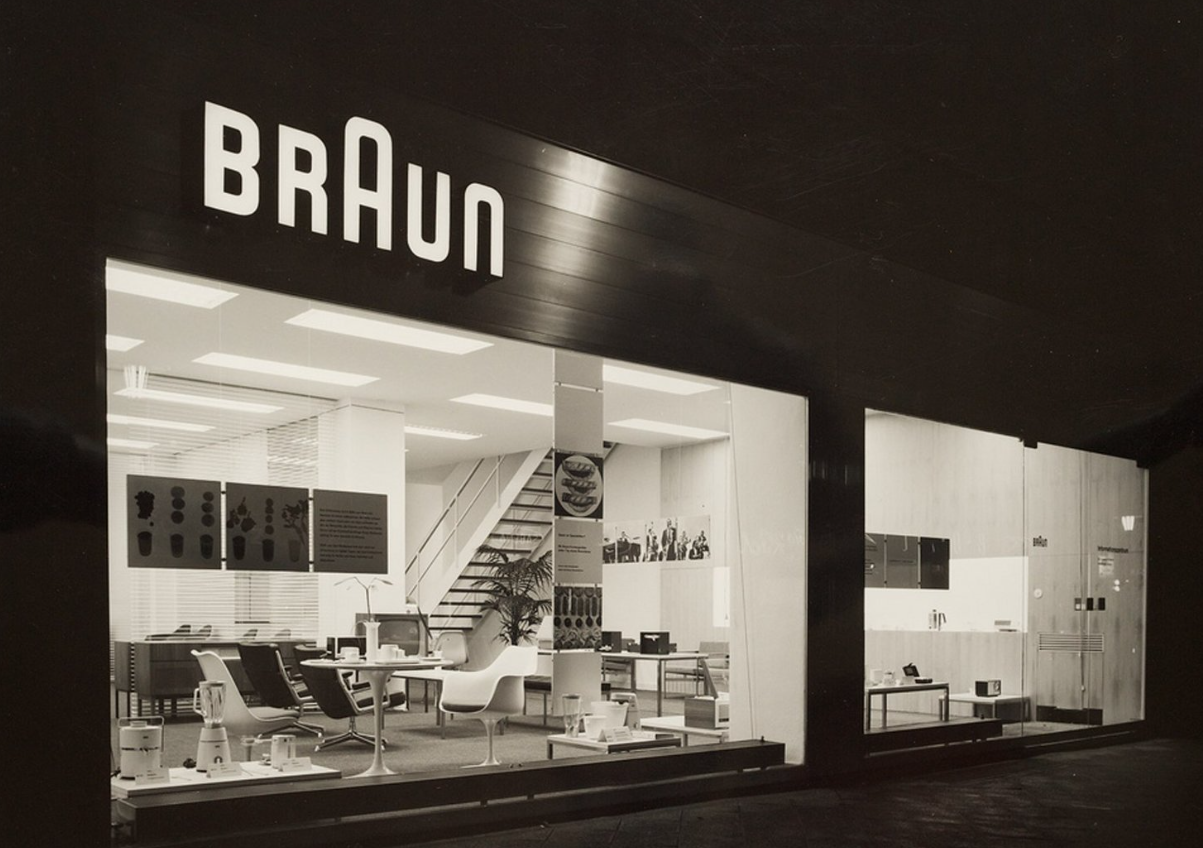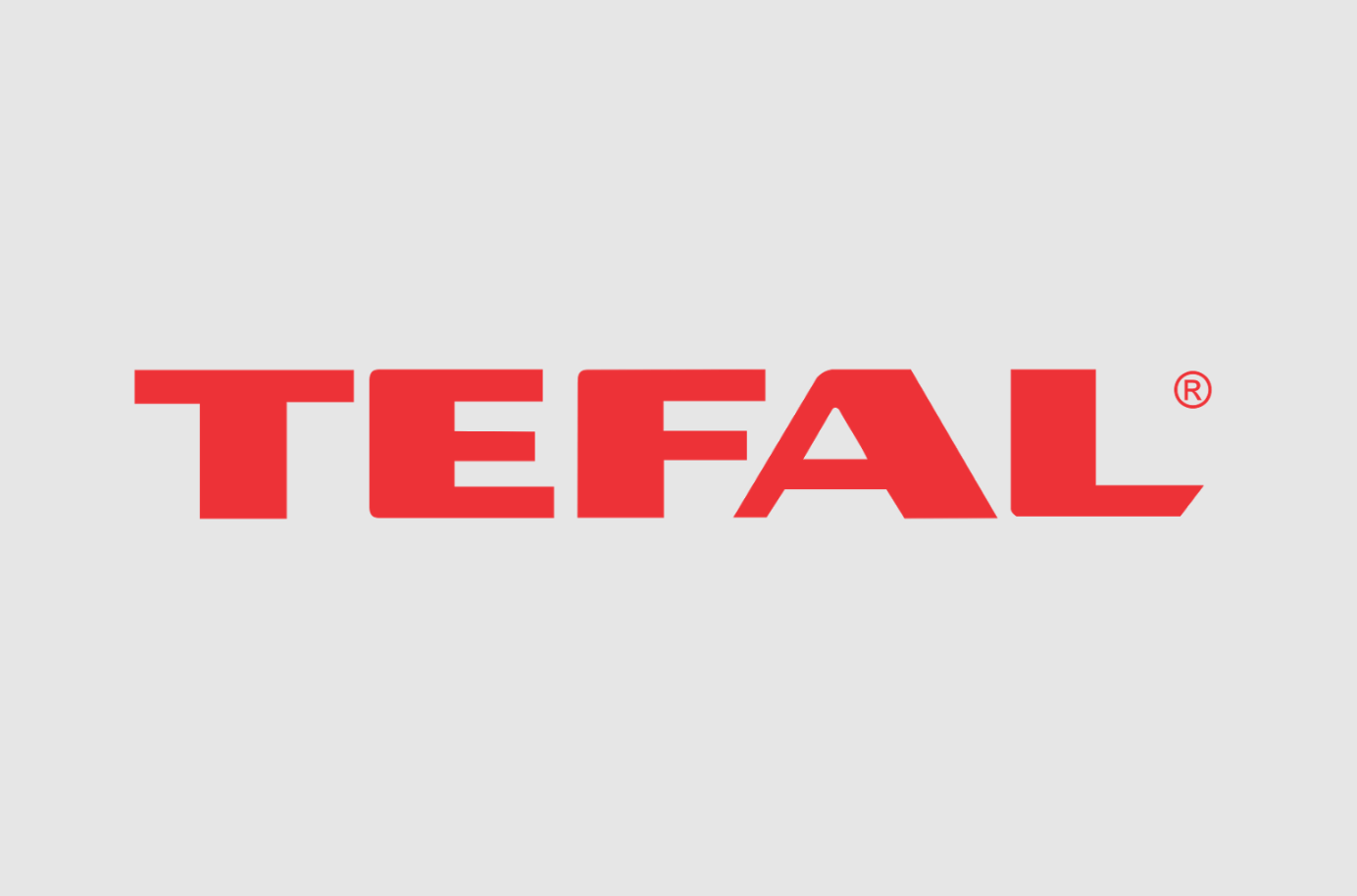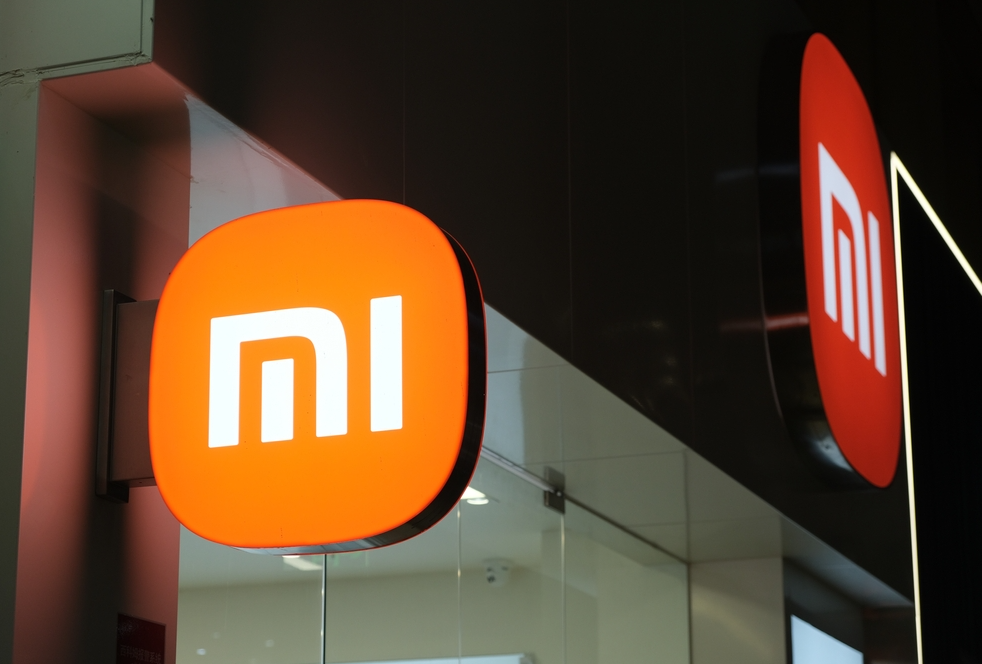When it comes to choosing a tablet, many users wonder: which tablet is better than Samsung or Huawei? Both brands offer a wide range of devices with different features, functionality and price ranges. Choosing a tablet depends on many factors, including design, display, performance, camera and operating system.
Design and build quality
The design of a tablet is important as it is a device you will use on a daily basis. Appearance, weight and ergonomics can have a big impact on usability.
- Samsung: Samsung tablets stand out for their premium design and high-quality materials. For example, the Galaxy Tab S9 range has a metal body and ultra-thin bezels around the display for a stylish look. These tablets are lightweight and comfortable for everyday use.
- Huawei: Huawei also offers devices with a quality build, such as the MatePad Pro. This brand’s tablets have a metal body for durability, and thin bezels around the screen maximise the display area. However, compared to Samsung, Huawei devices are often slightly cheaper with similar specifications.
Design and build comparison table:
| Characterisation | Samsung Galaxy Tab S9 | Huawei MatePad Pro |
| Enclosure materials | Metal case | Metal case |
| Thickness | 5.9 mm | 7.2 mm |
| Weight | 498 г | 460 г |
| Colour options | Grey, silver, black | Silver, gold |
| Defence | IP68 (water and dust protection) | No IP68 protection |
If water and dust protection and premium materials are important to you, Samsung offers more advanced solutions, while Huawei attracts attention with a more affordable price.
Display of Samsung and Huawei tablets
The display is one of the most important aspects of any tablet, especially if you plan to use it to watch films, play games or work with graphics.
- Samsung: Samsung devices such as the Galaxy Tab S9 feature an AMOLED display with rich colours and deep blacks. The 120Hz refresh rate makes interacting with the device smooth and enjoyable, especially when playing games and watching videos.
- Huawei: Huawei tablets such as the MatePad Pro have IPS displays that also offer excellent image quality and a high refresh rate of 120 Hz. Although IPS screens are inferior to AMOLED in terms of contrast and colour saturation, they offer good resolution and wide viewing angles.
Display Comparison Table:
| Characterisation | Samsung Galaxy Tab S9 | Huawei MatePad Pro |
| Display type | AMOLED | IPS |
| Resolution | 2560 x 1600 pixels | 2560 x 1600 pixels |
| Refresh rate | 120 Hz | 120 Hz |
| Screen diagonal | 11 inches. | 10.8 inches. |
| Pixel density | 274 ppi | 280 ppi |
If you appreciate high contrast and rich colours, Samsung with AMOLED display will be the best choice. For those who are not ready to overpay, Huawei offers decent IPS displays with high resolution.
Performance of the two models
Device performance is one of the most important aspects for users who need to work with resource-intensive applications, games or multimedia tasks.
- Samsung: Galaxy Tab S9 tablets are equipped with Snapdragon 8 Gen 2 processor, which provides high performance. This processor allows the devices to handle multitasking, mobile gaming and video processing with ease. Even mid-range models like the Galaxy Tab S7 FE offer powerful processors for everyday tasks.
- Huawei: Huawei tablets, such as the MatePad Pro, are equipped with Kirin or Snapdragon processors, which ensure smooth system performance. However, due to restrictions, access to the latest processors can be difficult, which slightly reduces the competitiveness of some models.
Performance Comparison Table:
| Characterisation | Samsung Galaxy Tab S9 | Huawei MatePad Pro |
| Processor | Snapdragon 8 Gen 2 | Kirin 9000E / Snapdragon 870 |
| RAM | 8 GB / 12 GB | 6 GB / 8 GB |
| Built-in memory | 128GB / 256GB / 512GB | 128 GB / 256 GB |
| GPU | Adreno 740 | Mali-G76 MP16 |
| Memory card slot | microSD up to 1 TB | microSD up to 512 GB |
In terms of performance, Samsung with the latest Snapdragon processors offers the best solutions for the most demanding tasks. Huawei also offers excellent performance, but may be inferior in the top segment.
Operating system and interface
The operating system plays a key role in the user experience, and here there are significant differences between Samsung and Huawei devices.
- Samsung: The tablets run on Android with its proprietary One UI shell. This interface is simple, intuitive and has plenty of features for multitasking. Samsung supports working with S Pen, making their devices suitable for creativity and work.
- Huawei: Due to sanctions, Huawei tablets use HarmonyOS operating system instead of Android. Although HarmonyOS offers its own features and interface, users face the absence of Google Play and other Google services. This may be a disadvantage for those who are used to using Google services.
Operating system comparison table:
| Characterisation | Samsung Galaxy Tab S9 | Huawei MatePad Pro |
| Operating system | Android 13 with One UI shell | HarmonyOS |
| Google Play | Supported by | Not supported |
| App Store | Google Play | AppGallery |
| S Pen support | Got it | Check (M-Pencil) |
If it is important for you to use Google services, Samsung will be the best choice. Huawei offers an alternative ecosystem that may suit users who are not dependent on Google.
Cameras and multimedia capabilities
Cameras on tablets are rarely a key selection factor, but for video calling and capturing content, their quality can be important.
- Samsung: The Galaxy Tab S9 tablets feature 13 MP main cameras and 12 MP front cameras, allowing for high-quality photos and videos. The devices also have AKG stereo speakers, making them suitable for watching films and listening to music.
- Huawei: Huawei tablets, such as the MatePad Pro, have 13 MP main cameras and 8 MP front cameras. Huawei’s multimedia capabilities are also top-notch, but the devices may be inferior to Samsung in terms of sound.
Table comparing camera and multimedia capabilities:
| Characterisation | Samsung Galaxy Tab S9 | Huawei MatePad Pro |
| Main camera | 13 MP. | 13 MP. |
| Front camera | 12 MP. | 8 MP |
| Speakers | 4 AKG stereo speakers | 4 stereo speakers |
| Dolby Atmos support | Yes | Yes |
Samsung wins in the camera and sound category, offering the best quality for multimedia.
Price
Tablet prices can vary widely depending on the model and configuration.
- Samsung: devices such as the Galaxy Tab S9 belong to the premium segment and are more expensive. The price for models starts at $900 and can exceed $1,200 for top configurations.
- Huawei: Huawei tablets, such as the MatePad Pro, tend to be cheaper. The models start at $600, making them more affordable for users looking for a balanced price-performance ratio.
When choosing a tablet, a logical question arises: which tablet is better than Samsung or Huawei? The answer depends on your preferences and needs.
- If you are looking for a premium device with the best displays, performance and multimedia capabilities, then Samsung tablets will be the best choice.
- If you are looking for a device with good features at an affordable price, Huawei offers great tablets that will fulfil most needs.
Each brand has its own benefits, and ultimately the choice depends on what features are most important to you.
Experience the joy of saving money with reBITme when buying a new tablet from Samsung or Huawei. Enjoy your choice!





